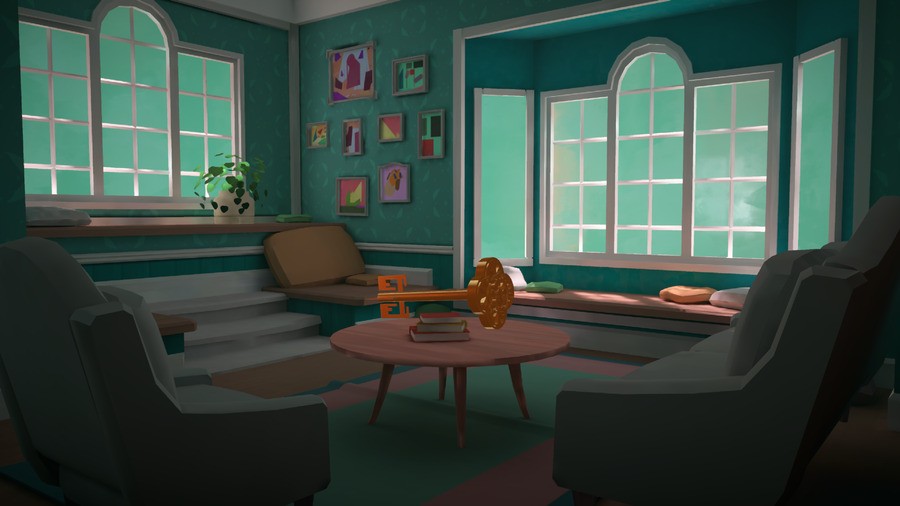
The first-person perspective in puzzle games is uniquely designed to allow us to cock our heads, squint our eyes, and try to see the obstacles in front of us from every angle imaginable. And again, all of this is woven in with the puzzles themselves to create an experience that really gels together. Actors Seth Gabel and Bryce Dallas Howard bring a genuine energy to each character, making you fully believe in everything from the meet-cute in a busy cafe, to the honeymoon period across San Francisco, to the eventual darker times. The story of Michael and Kenzie’s relationship is very much grounded in reality. Maquette feels like a happy medium between Florence and Braid. No matter how much your character was able to manipulate the flow of time, he couldn’t fix the most important mistakes he made, which ultimately hurt those he loved most. And while obtuse, the aforementioned Braid told a story of love and loss that was paired extremely well with its mechanics. 2018’s Florence, also published by Annapurna Interactive, used simple and tactile touchscreen interactions to create a bond between you and the titular Florence as she made her way through every step of a relationship that ultimately didn’t end well.

Maquette certainly isn’t the first puzzle video game framed around the arc of a relationship. And the way those mechanics morph and evolve based on where you are in the arc of the relationship is really satisfying. However, while this core idea of a recursive world would’ve been more than enough to create a satisfying puzzle experience, the true magic in Maquette comes from how these unique mechanics are paired with an excellently written and acted story of a couple meeting, falling in love, and ultimately breaking up. In the decade since, we’ve seen games like Antichamber, Superliminal, and Manifold Garden come along that play with the idea of perspective in a first-person puzzle space. The core mechanical idea for Maquette was first shown off at the 2011 Game Developers Conference’s Experimental Gameplay Workshop. In Maquette, you’re asked to think quite literally outside the box. If you walk over to the maquette and find the smaller version of that switch on the model, you can simply reach over and flick it on here. Or perhaps there’s a switch that’s located on an out-of-reach platform in the real world. For instance, if you plop a regular-sized key down across a small gap in the model, a massive key will fall from the sky in the real world, creating a bridge for that very same gap. You manipulate objects in a small-scale model (known as a maquette) of the world you’re currently inhabiting, which in turn manipulates them in the larger world around you. Honestly, your best bet to fully understand what’s at play here is to watch a trailer. I felt that similar spark of creativity and potential in Maquette. It was that same sense of awe I felt the first time I successfully created an entry and exit in Portal. In 2008 on the Xbox 360, having the ability to simply scroll back a few seconds to the moment before I decided to foolishly jump into a pit of spikes felt like an absolute revolution. The first time I got to play around with Maquette’s core mechanic, I was left with the same kind of awe I had several console generations ago when I first rewound time in Braid.

This article contains some story spoilers for Graceful Decay and Annapurna Interactive’s Maquette.


 0 kommentar(er)
0 kommentar(er)
